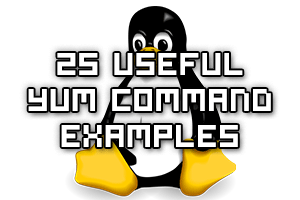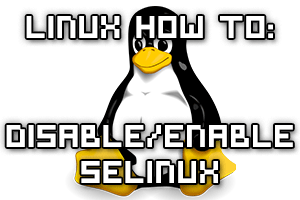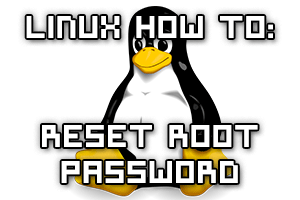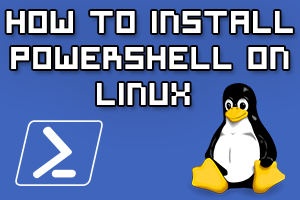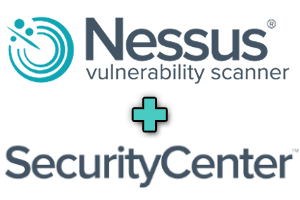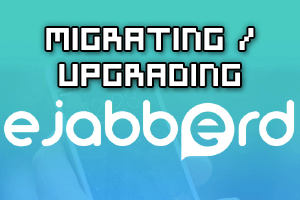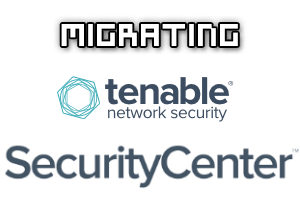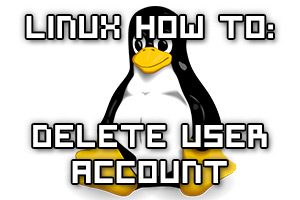
This guide will show you how to increase the security of an Invision Power Board (IPB) installation. We’ll walk through practical examples for you to follow to harden IPB, reducing your attack surface.
There are a lot of insecure default options which unless modified will put you at a higher risk of being compromised by an attacker. Here we will outline what should be modified to increase security of IPB.
